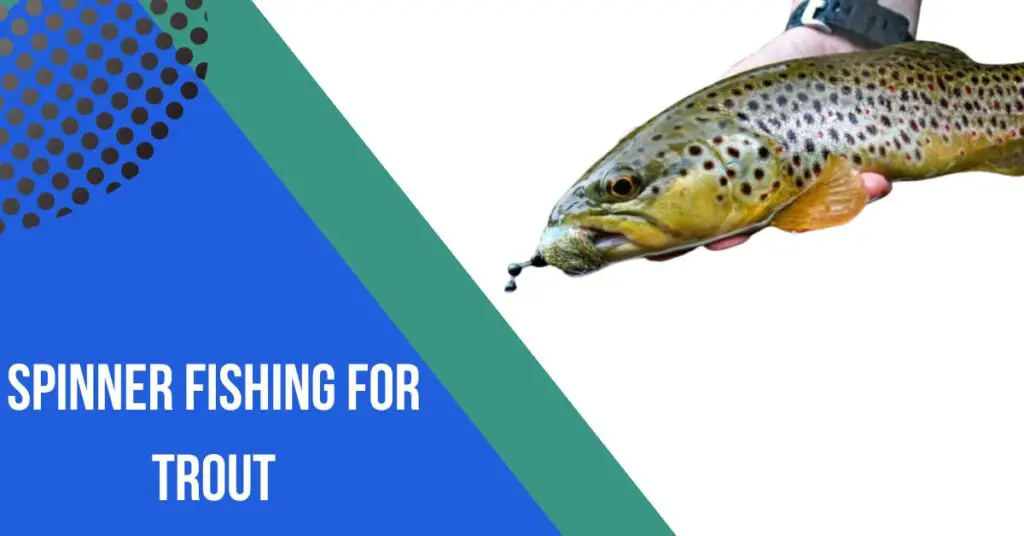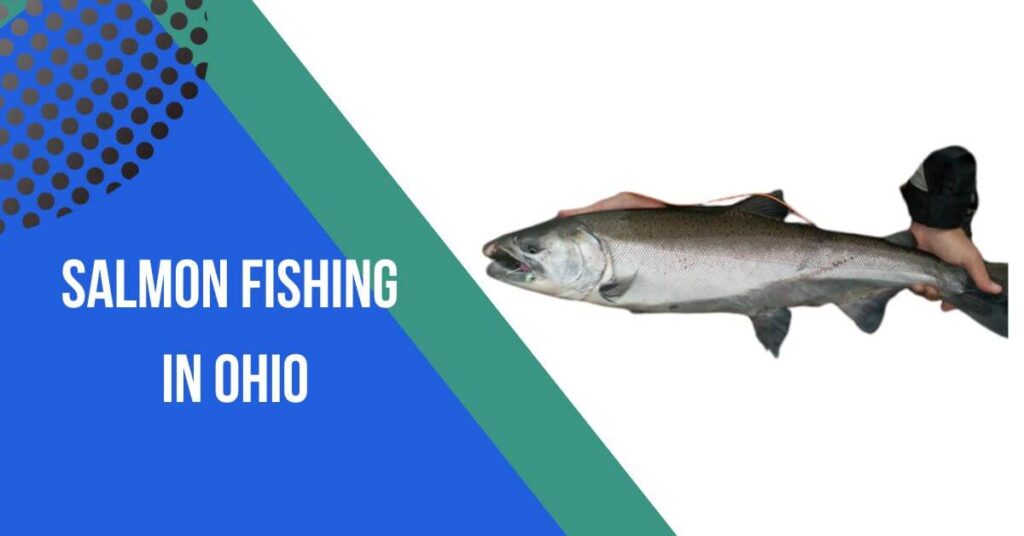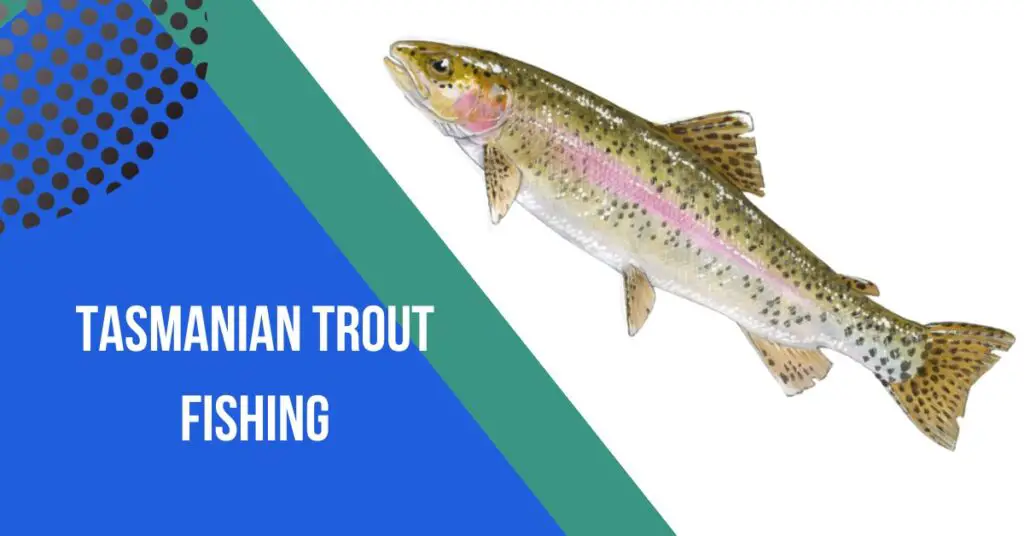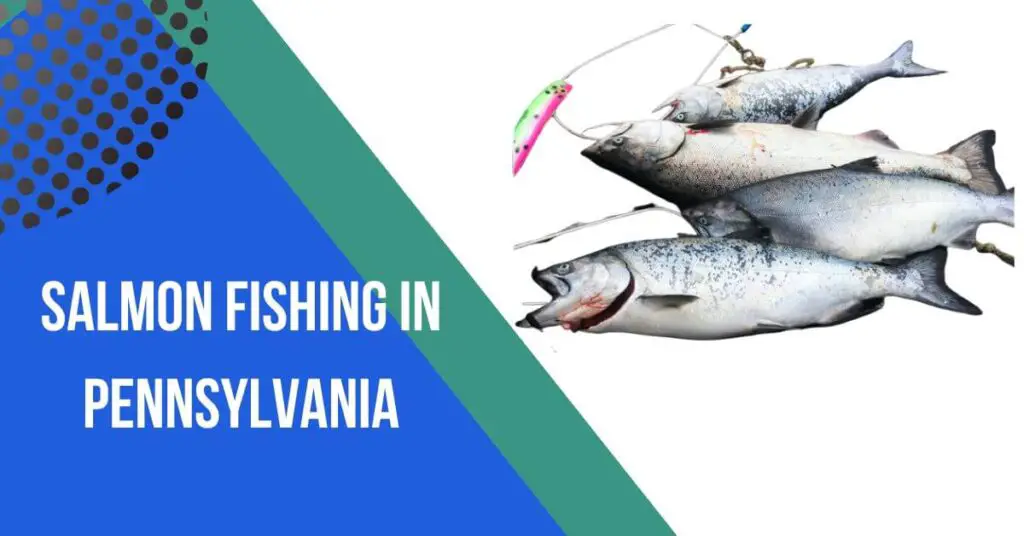Contents
- 1 Spinner Fishing For Trout:
- 2 Selecting The Right Spinning Rod And Reel:
- 3 1. Rod Selection:
- 4 2. Reel Selection:
- 5 3. Compatibility:
- 6 4. Budget:
- 7 5. Brand and Reviews:
- 8 Identifying Ideal Trout Habitats:
- 9 Cool, Oxygen-Rich Water:
- 10 Cover and Structure:
- 11 Depth and Current:
- 12 Substrate:
- 13 Shade and Overhanging Vegetation:
- 14 Temperature Considerations:
- 15 Baitfish Presence:
- 16 Inflow and Outflow Areas:
- 17 Accessibility:
- 18 Seasonal Changes:
- 19 FAQs:
- 20 Q: What types of spinners are best for trout fishing?
- 21 Q: What is the best time of day to fish for trout with spinners?
- 22 Q: How should I adjust my spinner fishing technique in different seasons?
- 23 Q: What is the ideal line weight for spinner fishing for trout?
- 24 Q: Can spinner fishing be effective in still waters like lakes?
- 25 Q: How can I prevent line twists when using spinners for trout?
- 26 Q: Is catch-and-release important when trout fishing with spinners?
- 27 Q: What are some common mistakes to avoid when spinner fishing for trout?
Open the thrilling world of spinner fishing for trout with this concise guide. Whether you’re a novice angler or a seasoned pro, this introduction will dip into the basics of spinner fishing, offering tips on gear selection, effective techniques, and the key elements to success on the water.
Join us as we explore the dynamic and exciting realm of trout fishing with spinners – a pursuit that promises both excitement and a bountiful catch.
Spinner Fishing For Trout:
Spinner fishing for trout is an exhilarating and effective angling technique involving spinners—lure devices with rotating blades—to attract and catch trout. This method combines the visual appeal of the spinner’s spinning blade with the vibrations and movements it creates in the water, enticing trout to strike. Here’s a brief overview:
Lure Design: Spinners typically consist of a rotating metal blade or blades attached to a shaft, a weighted body, and one or more hooks. The spinning blade reflects light and creates vibrations, mimicking the appearance of prey and triggering the predatory instincts of trout.
Versatility: Spinner fishing can be adapted to various water conditions, making it suitable for rivers, streams, and lakes. It is particularly effective in moving water where the spinner’s motion can attract trout from a distance.
Gear Selection: Anglers commonly use light to ultralight spinning rods and reels for trout spinner fishing. The choice of fishing line is crucial, with many anglers opting for monofilament or fluorocarbon lines that allow for effective lure presentation.
Techniques: Successful spinner fishing involves employing various retrieval techniques. Anglers may use a slow and steady retrieve, erratic jerks, or pauses to imitate wounded prey, enticing trout to strike. Experimenting with retrieval speed and depth can be key to success.

Location: Understanding trout habitats is crucial. Spinners can be effective near structures like rocks, fallen trees, or submerged vegetation. Additionally, targeting areas with varying current speeds and depths can increase the chances of encountering trout.
Seasonal Considerations: Trout behavior can vary seasonally, influencing their response to spinners. Adapting techniques based on the time of year, water temperature, and natural prey availability can enhance success.
Species-Specific Tactics: Different trout species, such as rainbow, brown, and brook trout, may respond differently to spinners. Tailoring your approach based on the specific species you’re targeting can lead to better results.
Spinner fishing for trout is not only about catching fish but also about the thrill of the chase and the dynamic interaction between anglers and fish. It’s a method that rewards experimentation and observation, making it an exciting pursuit for anglers of all skill levels.
Selecting The Right Spinning Rod And Reel:
Selecting the right spinning rod and reel is crucial for effective spinner fishing for trout. Here are some key considerations to guide your choices:
1. Rod Selection:
- Power and Action: Choose a light to ultralight spinning rod for trout fishing. Light power rods are suitable for smaller trout, while ultralight power rods are ideal for more finesse and sensitivity. A fast or moderate-fast action rod allows for better control of the lure.
- Length: Opt for a rod length between 6 to 7 feet. Shorter rods offer better maneuverability in tight spaces, while longer rods provide longer casting distances.
- Material: Graphite or a graphite composite is a popular choice for spinning rods due to its sensitivity and lightweight nature.
- Number of Pieces: Consider the portability of the rod. A two-piece or even a telescopic rod may be more convenient for travel.

2. Reel Selection:
- Size: Choose a spinning reel in the ultralight to light size range. The reel size should complement the rod and balance well to provide a comfortable fishing experience.
- Gear Ratio: Opt for a reel with a moderate gear ratio, such as 5.2:1 to 6.2:1. This provides a good balance between power and speed for trout fishing.
- Drag System: Ensure the reel has a smooth and adjustable drag system. Trout are known for their energetic runs, so a reliable drag is essential to prevent line breakage.
- Ball Bearings: A reel with multiple ball bearings provides smoother operation. Look for reels with at least 4-6 ball bearings.
- Spool Design: A shallow spool design helps with casting lightweight lures like spinners. It also reduces the risk of line twists.
3. Compatibility:
- Ensure that the rod and reel are compatible in terms of line weight and lure weight. This information is typically provided by the manufacturer and can be found on the rod and reel specifications.
4. Budget:
- Consider your budget but aim for the best quality within your price range. Quality equipment can enhance your fishing experience and may last longer.
5. Brand and Reviews:
- Consider reputable brands known for producing quality fishing gear. Read reviews from other anglers to gather insights into the performance and durability of specific rod and reel models.
By carefully selecting a spinning rod and reel that align with your fishing style and preferences, you can enhance your chances of success and make the most of your spinner fishing experience for trout.
Identifying Ideal Trout Habitats:
Identifying ideal trout habitats is essential for successful spinner fishing. Trout are highly adaptable, and their preferred habitats can vary based on species and environmental conditions.
Here are some general guidelines to help you identify prime trout habitats:

Cool, Oxygen-Rich Water:
Trout thrive in cool water with high oxygen content. Look for areas with a mix of riffles and pools where the water is well-aerated.
Cover and Structure:
Trout prefer areas with cover and structure that protect from predators and ambush points for prey. Fallen trees, rocks, submerged logs, and vegetation are all attractive to trout.
Depth and Current:
Ideal trout habitats often feature a combination of depth and current. Pools and more baritone sections of rivers and streams provide resting spots for trout, while they may move to faster currents for feeding.
Substrate:
Pay attention to the river or stream bottom. Trout prefers gravel and rocky substrates for spawning. These areas also attract aquatic insects and other prey, making them appealing to trout.
Shade and Overhanging Vegetation:
Trout are sensitive to light, and they often seek shade to avoid predators and conserve energy. Overhanging vegetation, undercut banks, and shaded areas along the water’s edge are prime spots.
Temperature Considerations:
Trout have specific temperature preferences. In warmer weather, they may seek cooler, shaded areas or move to pools. During colder weather, they may be more active in shallower, sunlit areas.
Baitfish Presence:
Trout are opportunistic feeders and are often found in areas where baitfish are abundant. Look for signs of small fish activity, such as surface disturbances or jumping fish, as indicators of potential trout hotspots.
Inflow and Outflow Areas:
Trout are often found near inflow and outflow areas of rivers and streams. Inflow areas can bring in food, while outflow areas provide an opportunity for trout to ambush prey being carried downstream.
Accessibility:
Consider the accessibility of the area for both the angler and the trout. Look for areas with easy access to casting points and where trout can access plunging water quickly.
Seasonal Changes:
Trout behavior can change with the seasons. In warmer months, they may move to cooler, more in-depth sections, while in colder months, they may be more active in shallower areas.
Observation and experimentation are key when identifying ideal trout habitats. Take note of the environmental conditions, structure, and features of successful fishing spots, and be ready to adapt your approach based on the specific preferences of the trout in the waters you’re fishing.
Conclusion:
In conclusion, spinner fishing for trout offers anglers a dynamic and rewarding experience. Armed with the right gear, techniques, and an understanding of trout habitats, you can open the thrill of this versatile fishing method.
As you venture into the world of spinner fishing, remember to adapt to changing conditions, respect conservation practices, and savor the excitement of each cast.
Whether you’re a beginner or seasoned angler, the pursuit of trout with spinners promises not only a bountiful catch but also a connection to the natural beauty of their habitats. Tight lines and happy fishing!
FAQs:
Q: What types of spinners are best for trout fishing?
A: Various spinners can be effective for trout, including inline spinners, spinnerbaits, and blade baits. Experiment with different sizes, colors, and blade styles to see what the trout in your area respond to best.
Q: What is the best time of day to fish for trout with spinners?
A: Trout are often more active during low light conditions, so early morning and late evening can be productive. However, trout fishing with spinners can be successful throughout the day, especially in shaded areas or near structures.
Q: How should I adjust my spinner fishing technique in different seasons?
A: In colder months, trout may be less active, so slowing down your retrieve can be effective. In warmer months, a faster retrieve might mimic the behavior of more active prey. Adjust your tactics based on the water temperature and the specific behavior of trout in each season.
Q: What is the ideal line weight for spinner fishing for trout?
A: Light to ultralight monofilament or fluorocarbon lines are commonly used for spinner fishing for trout. The lighter line allows for better lure presentation and increases sensitivity to detect subtle strikes.
Q: Can spinner fishing be effective in still waters like lakes?
A: Yes, spinner fishing can be effective in lakes. Focus on areas with structure, such as submerged rocks or drop-offs, and experiment with different retrieval techniques to entice trout. Pay attention to water temperature and adjust your approach accordingly.
Q: How can I prevent line twists when using spinners for trout?
A: Using a swivel between the mainline and leader can help reduce line twists. Additionally, make sure your spinner is properly tuned and that the blade is spinning freely to minimize line twist issues.
Q: Is catch-and-release important when trout fishing with spinners?
A: Yes, catch-and-release is crucial for maintaining healthy trout populations. Handle trout with care, use barbless hooks if possible, and follow local fishing regulations to ensure the sustainability of the fishery.
Q: What are some common mistakes to avoid when spinner fishing for trout?
A: Common mistakes include using a retrieve that is too fast or too slow, neglecting to adjust to changing conditions, and not paying attention to the behavior of trout in the specific water body. Stay adaptable, observe the water, and be patient for the best results.







